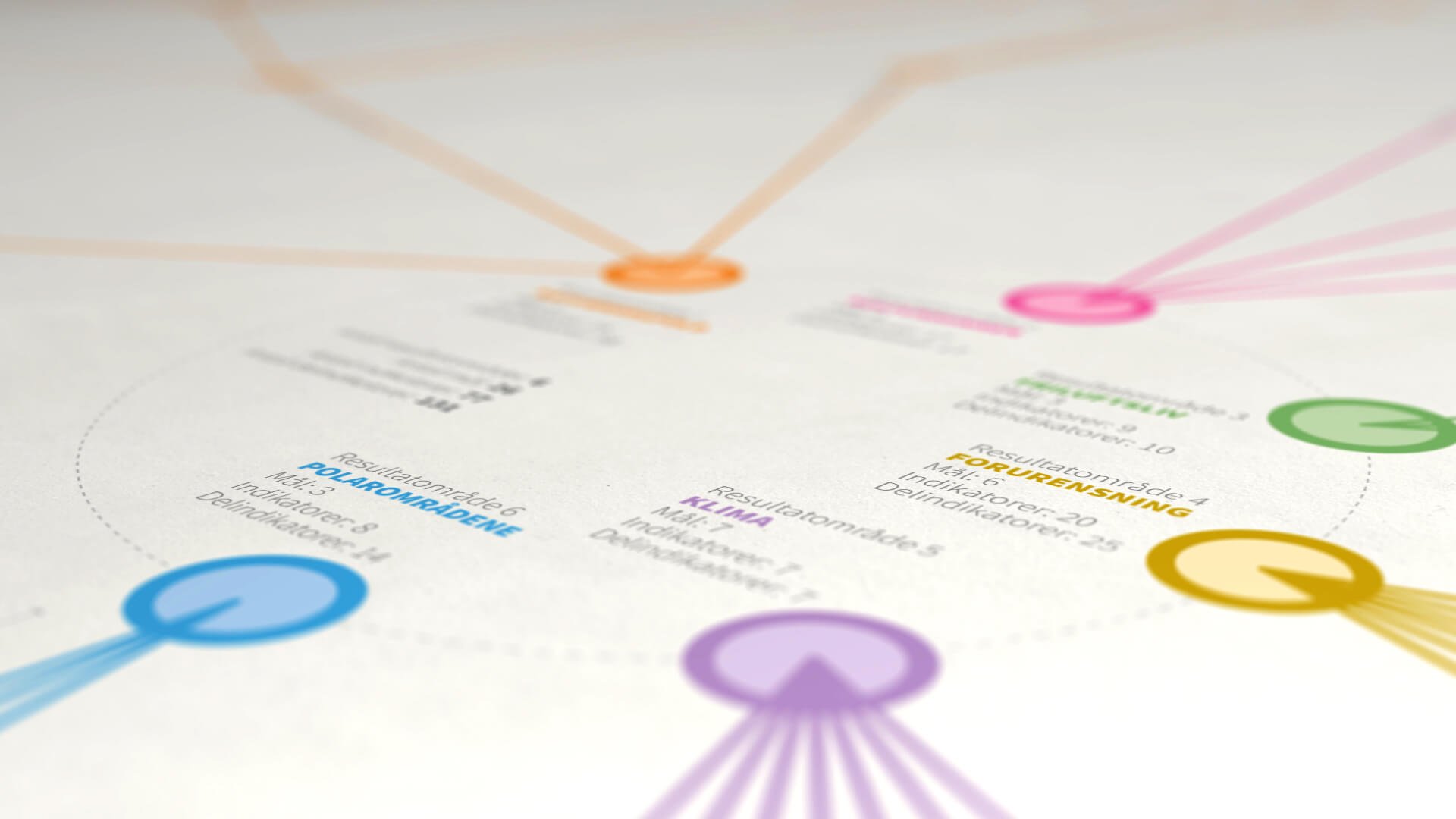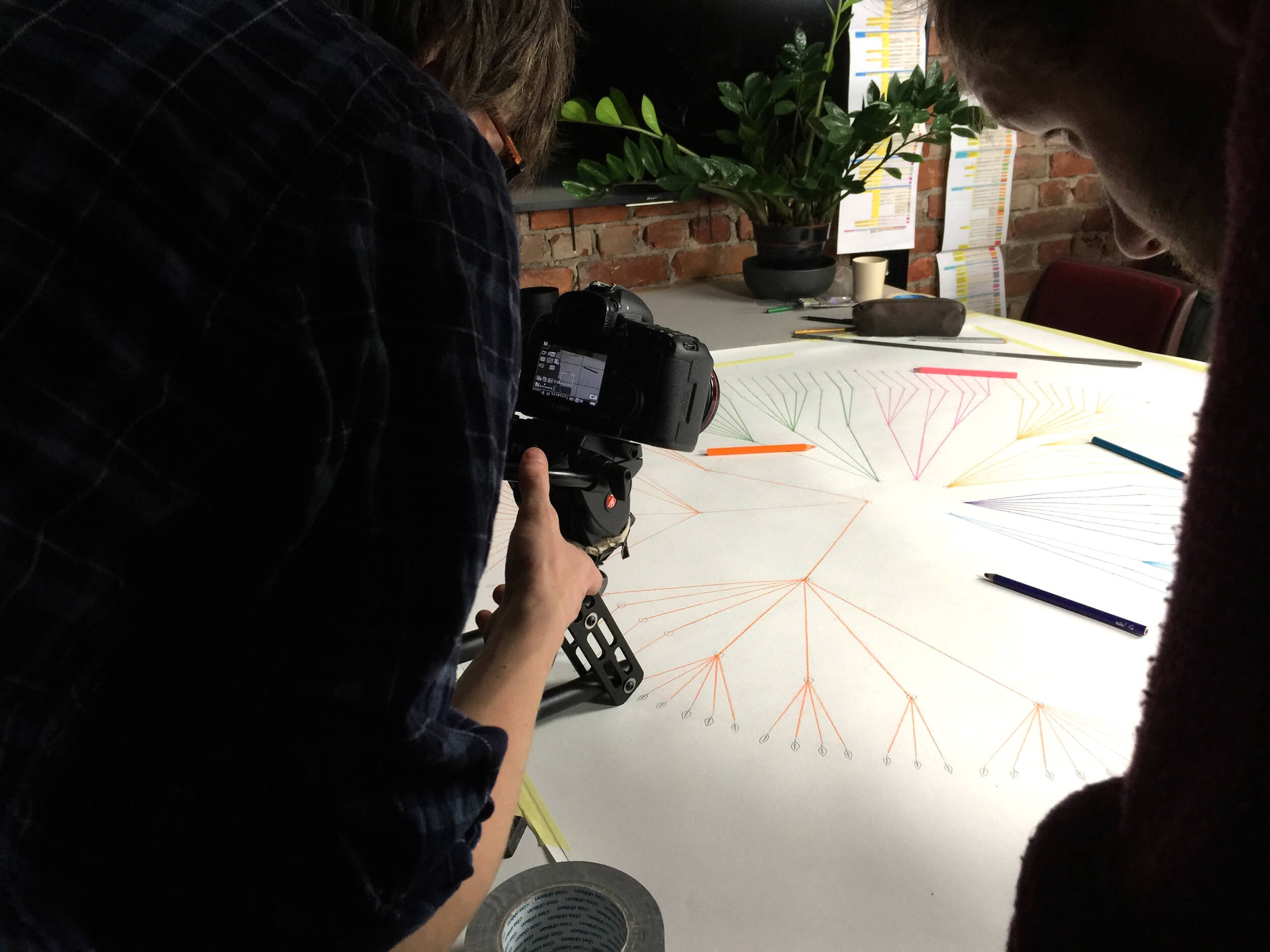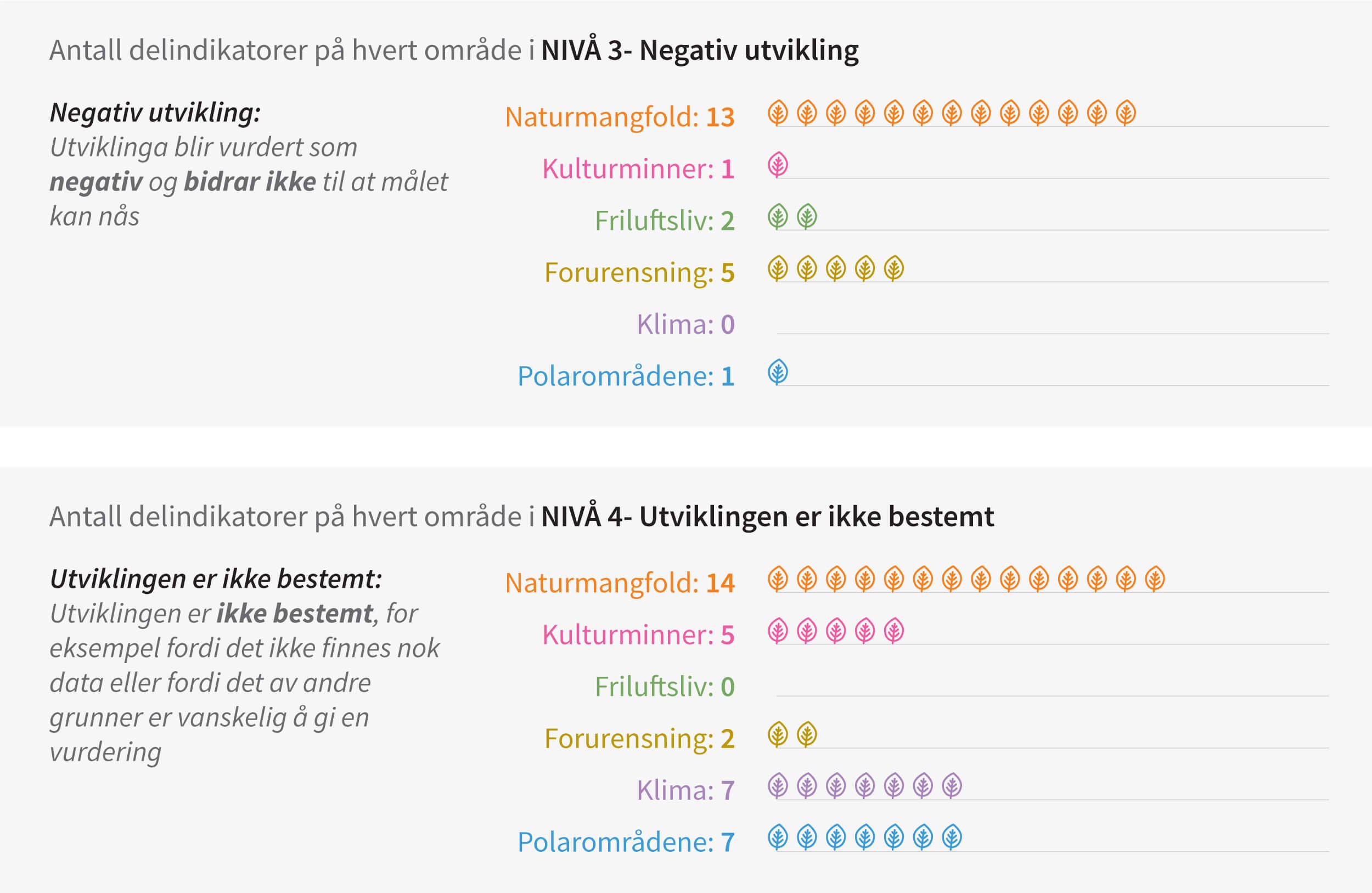The Norwegian Environmental Targets
A learning journey in the co-design process while exploring and prototyping effective ways for users to navigate an online platform designed to monitor and analyse progress towards the Norwegian environmental targets.

The objective of this project was to provide our client with a hands-on learning experience in the co-design process, while also exploring and prototyping effective ways for users to navigate Miljostatus - an online platform designed to monitor and analyze progress towards the Norwegian environmental targets.
Through this project, we aimed to create a collaborative environment where our client could engage with the co-design process on a real case study.
Together with the communication team at Norwegian Environment Agency we initiated a pilot brief to apply our co-design process to the challenge of visualising the Norwegian Environmental Targets, with the goal of enhancing public understanding and engagement.
The collaboration between the design team, scientists, editors, a photographer and a filmmaker resulted in a series of outputs including diagrams that visualised Norway’s national environmental targets and a video trailer that would guide the viewer across the visualisation’s landscape.
To initiate the co-design process, we conducted in-depth conversations with our target audience to determine their knowledge of Norway's environmental targets and their level of engagement with the topic.
The feedback we received was particularly insightful. While many interviewees were not surprised to learn that Norway had environmental targets, several were unaware of their existence. Additionally, some participants struggled to understand the connection between having targets, monitoring progress, and protecting the environment. This valuable feedback helped us refine our mission and objectives, and establish a clear brief for the project.
In-depth conversations and user adoptions are ways to involve users in the co-design process from the very beginning whereas in later stages we perform sessions of user testing to validate directions or to test solutions that are already well developed. In early stages we know the challenge and little or nothing about the solution, but we need to gain a clear understanding of needs and motivations of our target audience and other stakeholders in order to gain a more systemic view of the context. And that is where the user adoption plays a key role.





